Basements are often the last stop on the renovation train because they’re notorious for being difficult to plan and renovate. They are the space in our homes known for dated ceiling tiles, leaning stacks of boxes full of things we’ll never use and weird brown water stains. But there is hope! Here are some common head-scratching basement dilemmas that you can solve yourself.
Brian McCourt is a contractor, design expert and co-host of HGTV Canada’s Backyard Builds.

Poor Layout
It’s best to plan your bedrooms and bathrooms first. Building code requires proper egress windows in bedrooms, and washrooms should be nearby existing plumbing to reduce reno costs. Plan spaces like the entertainment area last because they have less code requirements.
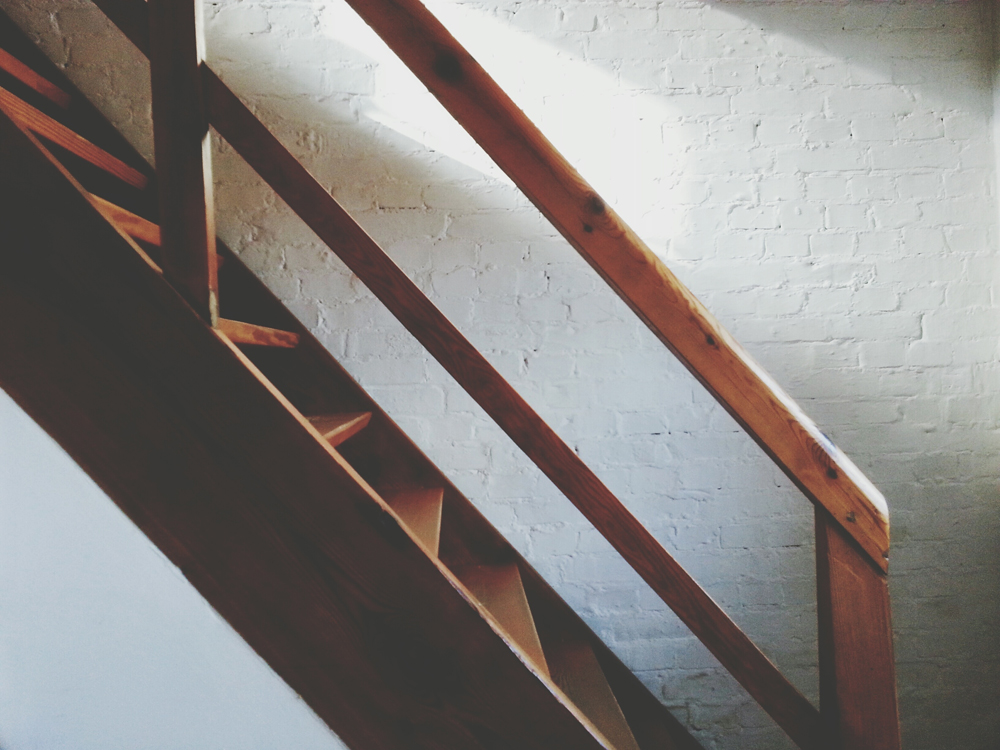
Slanted Stairs
The more finished the space, the more difficult, but sometimes basement stairs can be adjusted by shimming one side with wood (at the bottom) and then securing them back to the structure of the home.

Limited Storage
Easy and inexpensive wall storage can be created with 2X4s and 3/4-inch construction-grade plywood. Just make sure you screw into the joists and wall studs for support.
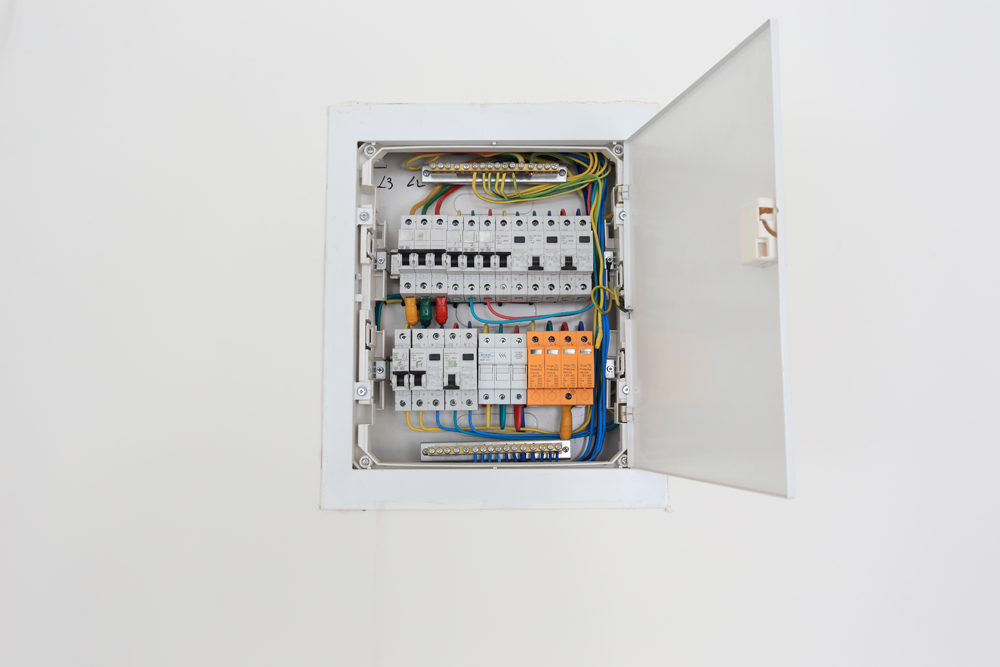
Bulky Electrical Panel
Conceal your basement’s bulky electrical panel by building symmetrical access doors around it, one with the electrical panel inside and the other for storage.
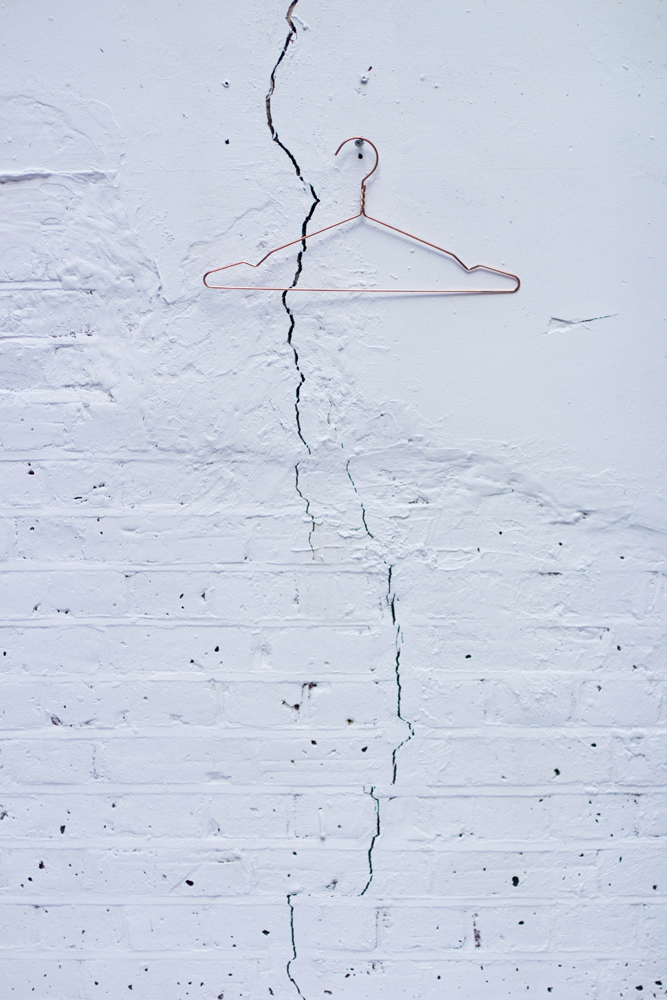
Superficial Cracks
You have to make it worse before it gets better, but hydraulic cement can fix superficial cracks in your foundation. Use a grinder (with a diamond-tip blade) to carve the crack deep enough for the hydraulic cement to bond to the surface.

Ugly Ceiling Tiles
Open textured ceiling tiles are a thing of the past. If drywall isn’t in the cards for your basement, there are some contemporary design options (made from MDF or plastic) that you can pop in for an instant update instead. I used plastic ceiling tiles to create this square medallion (pictured above) to anchor a light fixture.
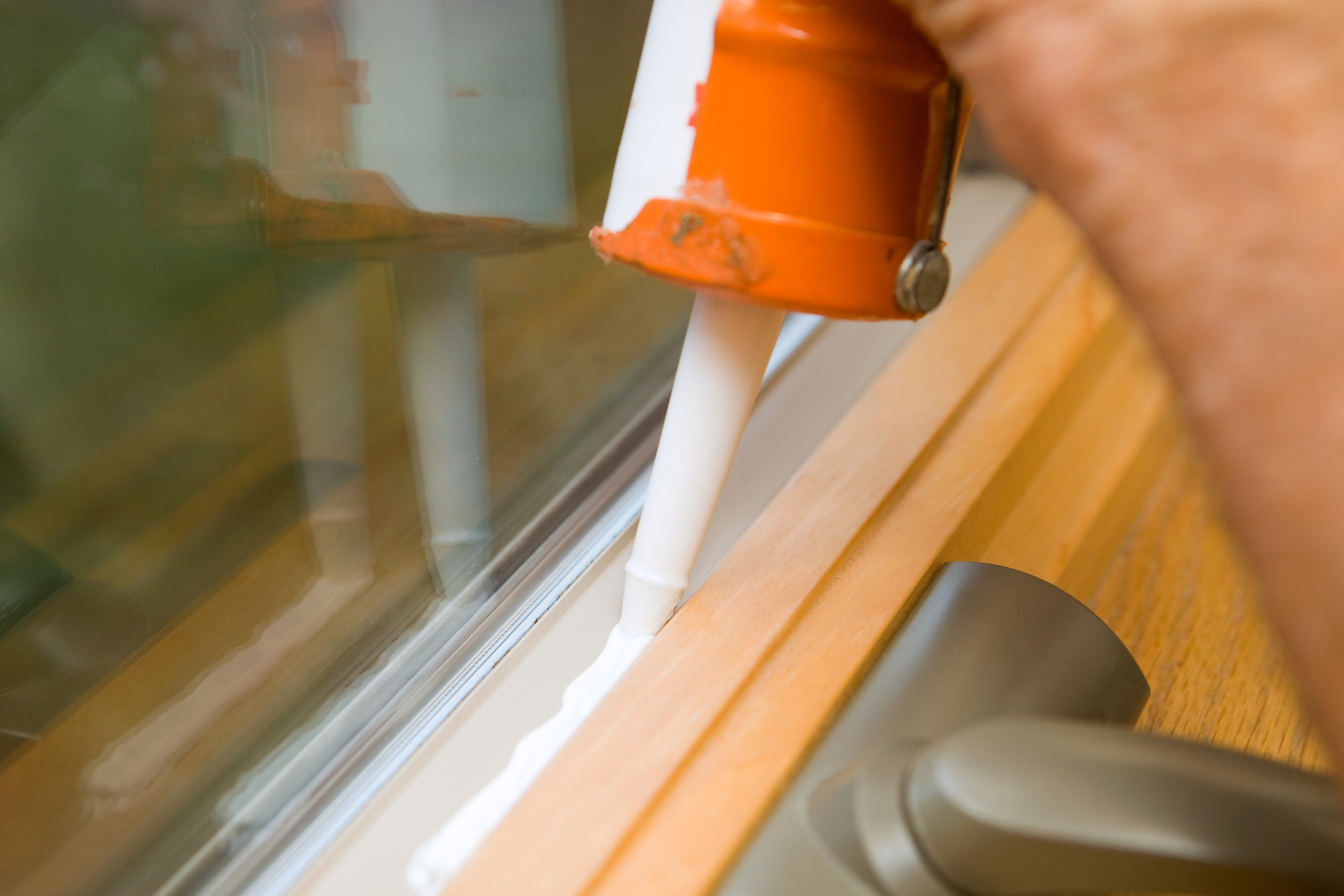
Brown Stains Around Window
These unpleasant stains are likely caused by deteriorating window caulking on the exterior, which exposes cracks between the window and house framing, making it possible for water to seep through your exterior walls and stain your drywall. It’s time to remove the old caulking and apply a new bead (windows should be inspected every few years).

Noisy Dryer Vent
I’ve seen success by adding small weights (think small pieces of metal like a washer) to the exterior vent flap, which holds it down from the wind but still raises when the dryer blows. If that doesn’t work, swap the exterior flap cover for a louvered vent cover (typically 2 to 4 louvers for a 4- to 6-inch vent).
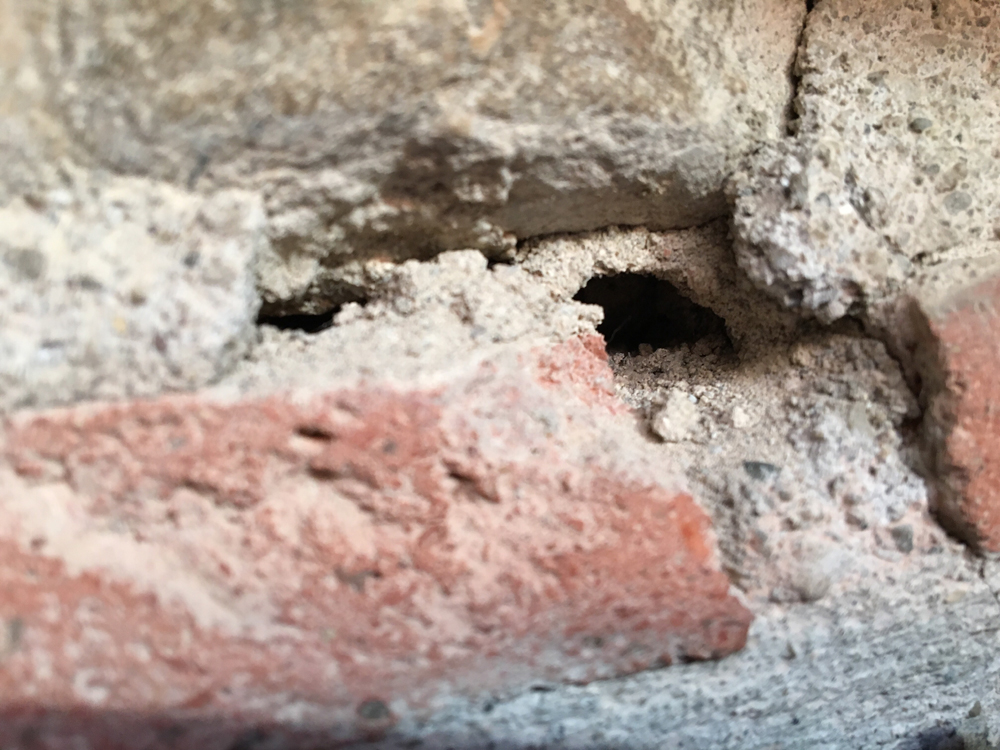
Insects/Rodents
Sealing exterior cracks and holes can minimize insect entry. If you live in an older home, this will never truly be solved, but it can definitely be improved.
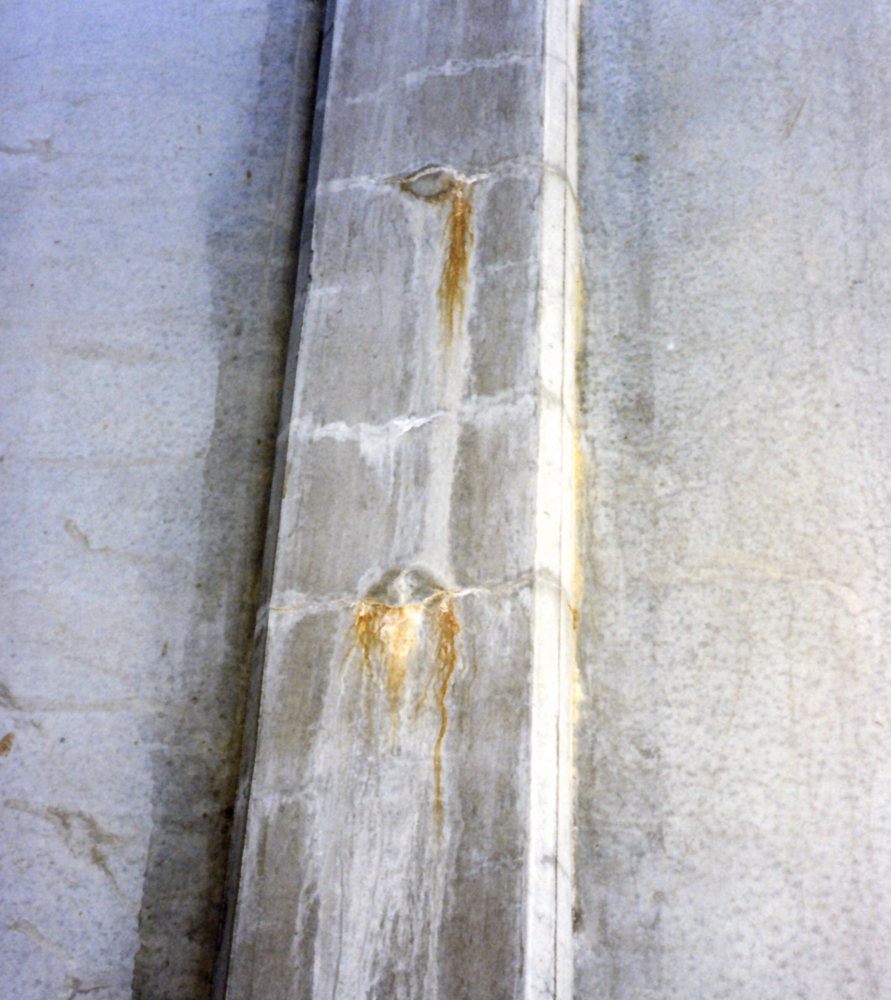
Efflorescence
The mineral white stains on cement surfaces are essentially just salt marks caused by evaporated moisture, and they can be removed with efflorescence cleaning products. Beware if it returns, there may be more severe moisture penetration that will need to be addressed.
HGTV your inbox.
By clicking "SIGN UP” you agree to receive emails from HGTV and accept Corus' Terms of Use and Corus' Privacy Policy.




